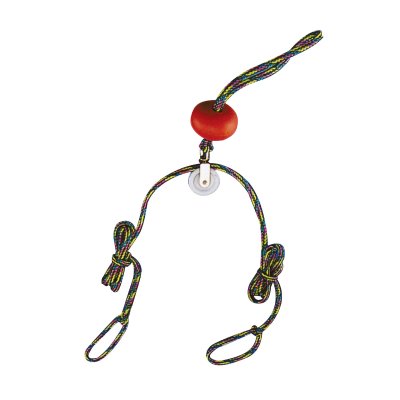Lepke
Guru
- Joined
- Jun 19, 2016
- Messages
- 3,037
- Location
- US
- Vessel Name
- Charlie Harper
- Vessel Make
- Wheeler Shipyard 83'
Towing with the line fastened near the stern makes turning difficult. Tugs tow from bitts about 1/3 of the way fwd so they can pivot. Towing bitts are attached to the vessels structure, not bolted to the deck. Any tow line should be fastened to as many cleats as possible to share the load. And a sharp knife or axe ready to cut the line if necessary.
One consideration is the condition of the boat being towed. Should it take on water rapidly and sink, can you get loose in time?
Two large tugs towing the Oklahoma from Pearl Harbor to the West Coast for scrapping were nearly sunk when the battleship went down. If not for their captains slacking the clamps to the cable drum, they would have gone with it. The Oklahoma dragged the tugs about a mile backwards before the last of the cable left the drum. One engineer reported he was amazed when his large diesel engine stopped and then ran backwards from the force of the water on the prop.
One consideration is the condition of the boat being towed. Should it take on water rapidly and sink, can you get loose in time?
Two large tugs towing the Oklahoma from Pearl Harbor to the West Coast for scrapping were nearly sunk when the battleship went down. If not for their captains slacking the clamps to the cable drum, they would have gone with it. The Oklahoma dragged the tugs about a mile backwards before the last of the cable left the drum. One engineer reported he was amazed when his large diesel engine stopped and then ran backwards from the force of the water on the prop.

